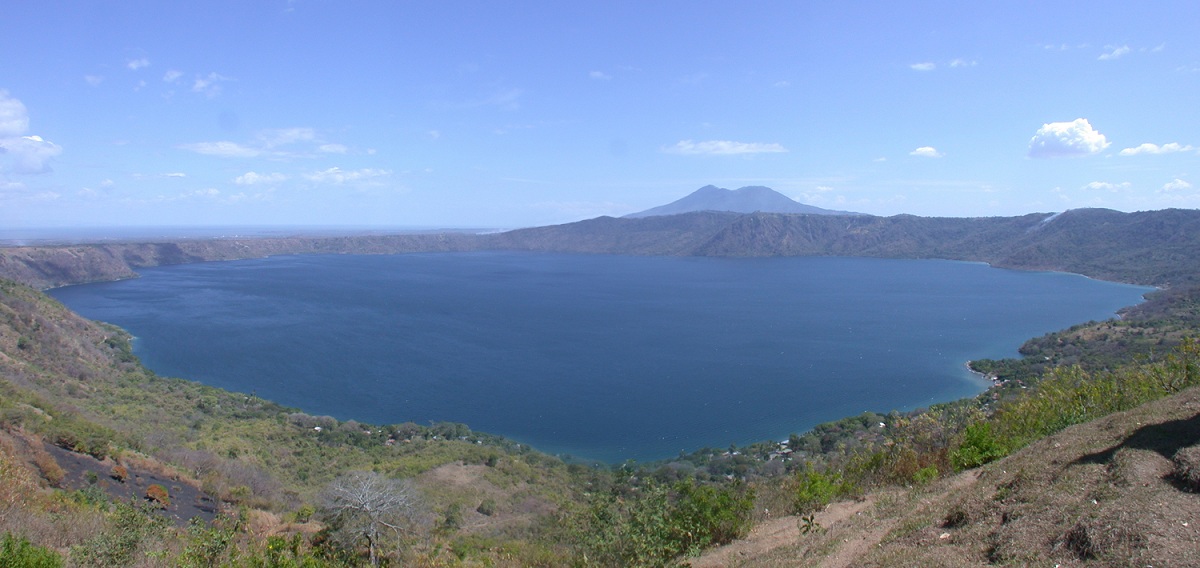
Such a volcanic eruption could double or triple the current levels of the chemical elements bromine and chlorine in the stratosphere, the upper atmosphere layer where ozone gas protects us from ultraviolet radiation, the researchers calculated, based on the levels of these chemicals released from 14 volcanoes in Nicaragua over the past 70,000 years. The researchers presented their work at a scientific conference in Iceland.
Bromine and chlorine need an electron to become stable, and can easily rip it off passing molecules, like ozone. They are gases that "love to react - especially with ozone," study researcher Kirstin Krüger, a meteorologist with GEOMAR in Kiel, Germany, explained in a statement. "If they reach the upper levels of the atmosphere, they have a high potential of depleting the ozone layer."
To estimate the past release of these chemicals by volcanoes, the researchers measured levels of halogens (the group of highly reactive elements that bromine and chlorine belong to) in rock layers deposited before and after historic eruptions. The average eruption released two to three times the quantity of human-produced bromine and chlorine currently in the stratosphere, they found.
"As we have bromine and chlorine together, we believe that this can lead to substantial depletion," Krüger said. "And this is from one single eruption."
Previous studies have estimated that in large, explosive eruptions - the type that sends mushroom clouds of ash miles high - up to 25 percent of the ejected halogens can reach the stratosphere.
Because the effects are in the stratosphere, where the volcanic gases can be carried across the globe, eruptions of tropical volcanoes could lead to ozone depletion over a large area, even having an impact over Antarctica and the Arctic, where seasonal "holes" in the ozone layer already exist.
Some volcanic gases can last in the stratosphere up to six years, Krüger said, although the most significant impacts from eruptions like the intense eruption of Mount Pinatubo in 1991 were within the first two years. Pinatubo's eruption reduced global temperatures by about 0.9 degrees Fahrenheit (0.5 degrees Celsius) during the following year.



Reader Comments
to our Newsletter